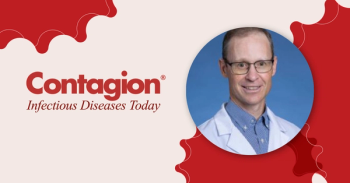
What is the Global Alliance to Prevent Prematurity and Stillbirth (GAPPS)?
Craig Rubens, MD, PhD, co-founder and executive director of GAPPS at Seattle Children’s Hospital, discusses the goals of the Global Alliance to Prevent Prematurity and Stillbirth (GAPPS).
Craig Rubens, MD, PhD, co-founder and executive director of GAPPS at Seattle Children’s Hospital, discusses the goals of the Global Alliance to Prevent Prematurity and Stillbirth (GAPPS).
Interview Transcript (slightly modified for readability)
“My program is the Global Alliance to Prevent Prematurity and Stillbirth (GAPPS), and we’re out of Seattle Children’s Hospital. Our goal is to increase and accelerate the amount of research that’s done on why infants are born early (prematurely) or why some of them die before they’re even delivered.
Prematurity, now, is the number one cause of death [in infants] under the age of 5, and is related to the fact that when babies are born too soon, they have lots of problems with all of their organ systems and their immune systems. [This] puts them at extreme risk for infections. The challenge in the developing world is, how do you deal with a mother who is having a pre-term labor and [how do you manage] those babies so [that] they have an opportunity to survive. But we have no way of actually preventing [these deaths] from occurring; we have pre-term babies that are being born in the developing world who are at high risk for infectious diseases and oftentimes die of an infection before they can actually be treated.
[In] our program [we try] to understand [the following]: why pre-term birth is happening in the first place, how we can prevent it, what clinical opportunities are there in improving diagnostics to identify women who are going to deliver pre-term, [with] which one of those [cases] is an infection involved, how we can do a better job of managing a woman who’s having pre-term labor, and then how do we do a better job of actually taking care of babies that are born pre-term—[that includes] recognizing their risk for infection and preventing those infections and death from happening in low-resource settings.”
Newsletter
Stay ahead of emerging infectious disease threats with expert insights and breaking research. Subscribe now to get updates delivered straight to your inbox.

















































































































































































































































































